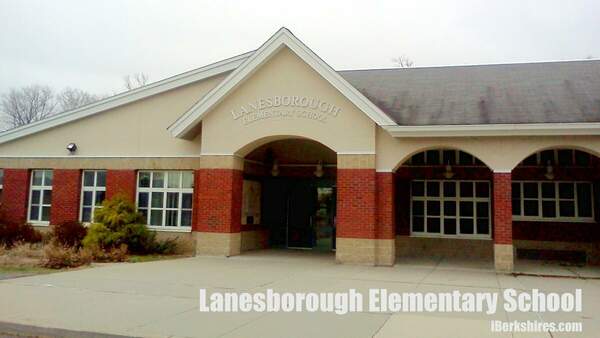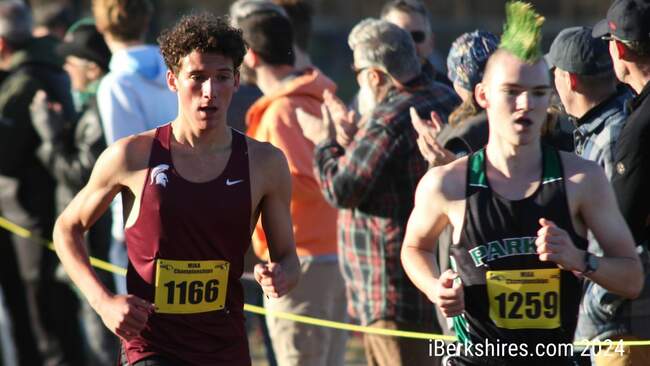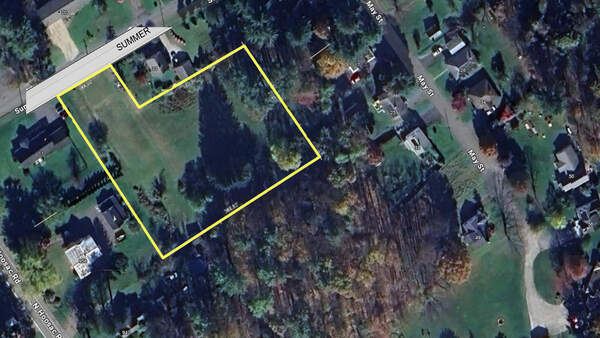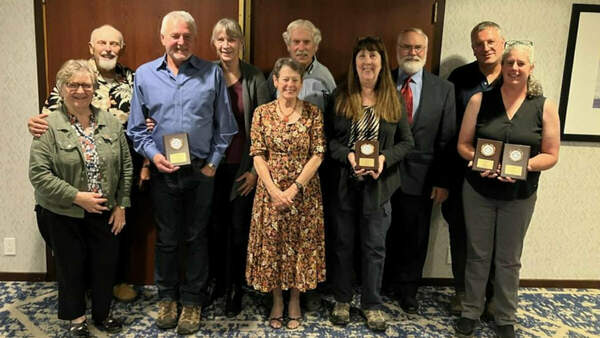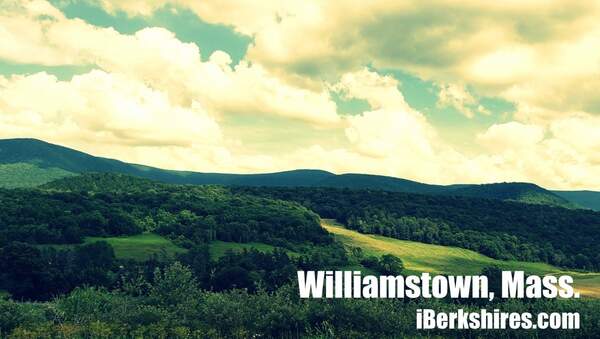Letter: Faulty Conclusions About Youth Center
 |
To the Editor:
I am disappointed that I have to write yet again to address the many faulty conclusions and misleading figures published on your website regarding the Williamstown Youth Center's funding request to the town. To publish one such letter, along with a response, seems to me a reasonable presentation of differing opinions for your readers to sort out. To publish a second does not encourage not public debate about an important issue but simply kickstarts a useless back and forth that can only cause bad feelings and muddy the discussion of a pretty simple request.
Pat Meyers can write a letter every day of the week that would only restate the concerns expressed in their original post, just as I can respond in kind to explain what is done with the $77,000 we typically ask for. But I think that would be not only a waste of time but a bad way for public policy to be debated.
That being said, there is one point that needs to be corrected. Despite the implication of Meyers' letters, the After School Program is not the only service we provide the town. We are the de facto rec committee, and offer sports programs from downhill skiing to cross country running. We are the emergency childcare provider whenever the school closes due to weather or other unforeseen event. We host Girl Scout meetings, public presentations of municipal initiatives, child care for parents attending town meeting, the Community Chest Fun Run, and a number of parent groups. We keep the calendar for use of the Elementary School's playing fields, Once again, I ask anyone reading this to provide an example of any local government that can provide the services we provide for less than $77,000 per year.
After reading Meyers' second letter I took the time to find out what percentage $77,000 is of our roughly $24 million annual town budget. It's 0.0032.
In 17 years of living in Williamstown and attending town meeting, every Finance Committee has recommended that taxpayers fulfill the Youth Center's request. More important, I recall but one or two nay votes from the floor in all those years. But we should not be funded only because people have generally positive feelings about the work that we do. We should be funded because we provide essential services that are worth every penny of the $77,000 we've received these past few years.
With gratitude,
Michael Williams
Executive Director, Williamstown Youth Center
Editor's Note: We agree with Mr. Williams that the Letters to the Editor are not a place for a back and forth about this subject. Two letters each is enough. Perhaps a better place for debate is a finance meeting or a town meeting.

